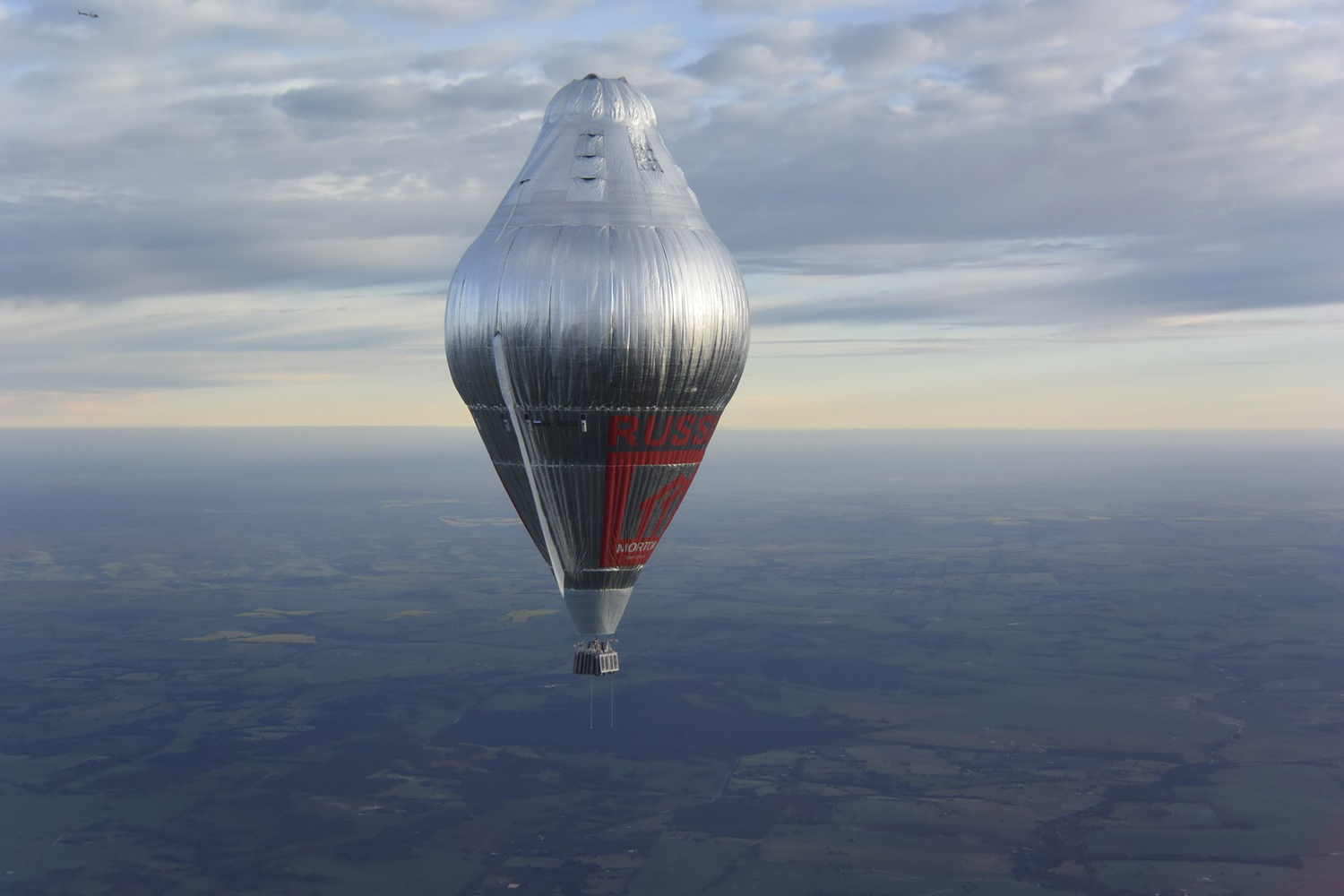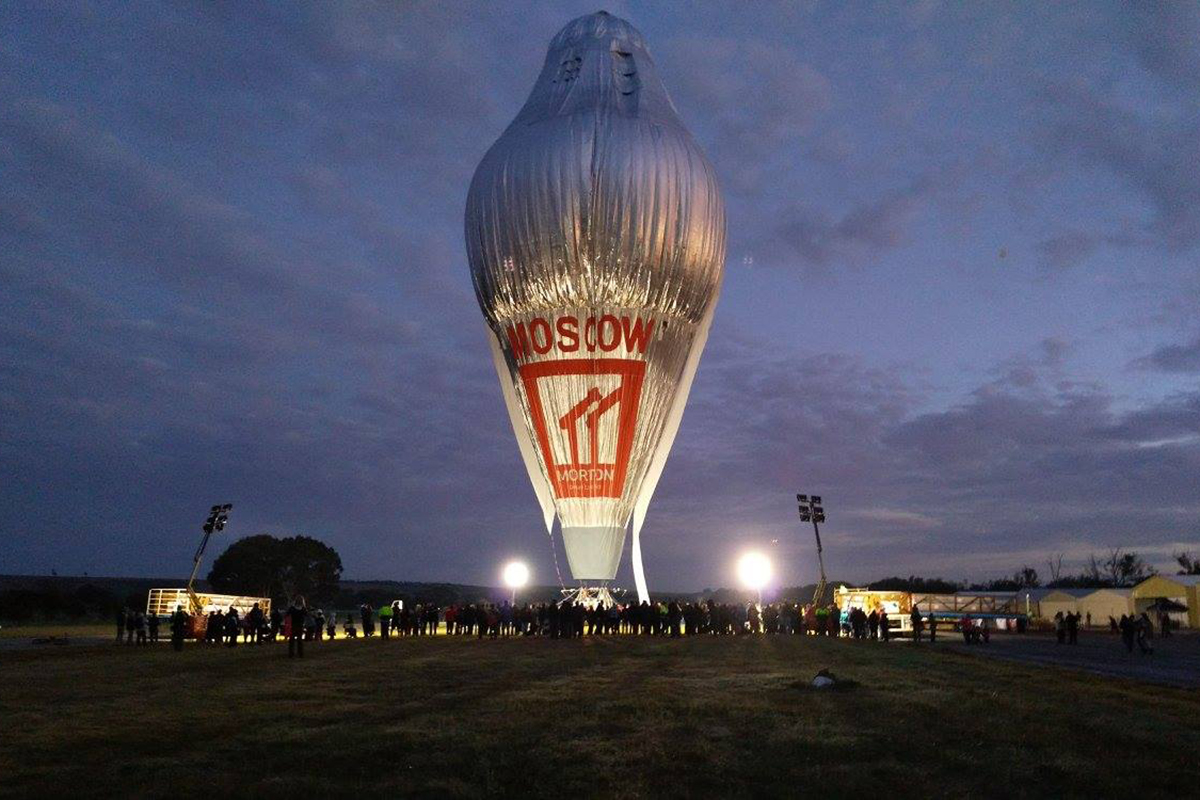What do flying around the world in a hot air balloon, rowing a rowboat 154 days across the world’s roughest ocean, and dogsledding a 1,150-mile race have in common?
Fedor Konyukhov has done them all.

Born on the shores of Black Sea, Konyukhov rowed across the Sea of Azov at age 15. Then, he graduated from Odessa’s Maritime college in Ukraine majoring in navigation and ship mechanics. After a tour with the Soviet Armed Forces, he completely switched lifestyles and went on to graduate from the Bobruisk College of Arts majoring on woodcarving.
Today, Konyukhov’s resume ranges wider than James Bond himself. He’s created over 3,000 paintings, authored more than 20 books, and is an ordained priest with the Ukrainian Orthodox Church.
Konyukhov is the first and only person to reach the Five Extreme Poles on earth: the North Pole, the South Pole, the Pole of Inaccessibility in the Arctic Ocean (northernmost point farthest away from any landmass), Everest, and sailing around Cape Horn, the southernmost tip of South America. He’s actually been to the North Pole three times, summited Mount Everest twice, and sailed Cape Horn five times — but who’s counting?

Konyukhov has also done a few other things:
- Explorers grand slam (both the North Pole and the South Pole, as well as the Seven Summits)
- Sailed around the world 5 times
- First solo circumnavigation of Antarctica in a sailboat
- Speed record for hot-air ballooning around the world
- Rowed across the Pacific and Atlantic Oceans
- First to row 6,400 nautical miles across the Southern Ocean
At 68 years young, he summited Mount Kilimanjaro, the tallest mountain in Africa at 19,341 feet, for the second time.
And he’s not done yet.
What’s next for Fedor Konyukhov? When some 69-year-olds are struggling to walk, Fedor has a long to-do list of massive expeditions and world records to break.
Next up in April 2020 is an attempt to break the current altitude record of 68,986 feet for a hot-air balloon. Where most commercial jets fly around 30,000 feet, Fedor’s goal is 82,000 feet in the Stratosphere. If conditions are good he will try for over 95,000 feet. That’s high enough to see the black depths of space and the curvature of the earth, one of the Konyukhov’s childhood dreams. He will fly in a 230-foot tall balloon that holds 3.5 million cubic feet of air.
Once that record is crossed off the list, Fedor is off to sail the Atlantic and Pacific Oceans on a solar-powered catamaran called “NOVA.” He’ll cross the Pacific on the ocean-rowing route from the Canary Islands to Antigua in about 25 days for the first stage. For the second stage about a year later, he’ll spend about six months crossing the Atlantic from Chile to Australia.

Then he’ll hop on board the solar-powered Albatross plane and complete the first manned non-stop flight around the world. The NOVA catamaran expeditions will be testing grounds for solar and battery systems to be later used on Albatross.
If he has any spare time in there, he’s also working on plans for the first altitude non-stop balloon twice around the world.
To try to keep up with all Konyukhov’s projects and expeditions, head here.




